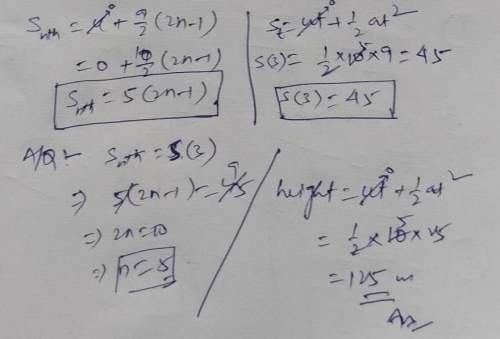
Physics, 07.09.2019 18:10 wilboisa000
When an atom that has no charge loses two electrons, it becomes a: a: positive ion. b: negative ion. c: positive isotope. d: negative isotope.

Answers: 1
Another question on Physics


Physics, 22.06.2019 12:00
In a set amount of time, a battery supplies 25j of energy to an electric circuit that includes two different loads. one of the loads produces 10 j of heat energy during this time interval. how much heat energy is produced by the second load in this time? explain your answer
Answers: 3

Physics, 22.06.2019 18:30
Ben (55kg) is standing on very slippery ice when junior (25kg) bumps into him. junior was moving at a speed of 8 m/s before the collision and ben and junior embrace after the collision. find the speed of ben and junior as they move across the ice after the collision. give the answer in m/s. describe the work you did to get the answer.
Answers: 1

Physics, 22.06.2019 22:50
Cyclotrons are widely used in nuclear medicine for producing short-lived radioactive isotopes. these cyclotrons typically accelerate h- (the hydride ion, which has one proton and two electrons) to an energy of 5 mev to 20 mev. this ion has a mass very close to that of a proton because the electron mass is negligible—about 1 2000 of the proton’s mass. a typical magnetic field in such cyclotrons is 1.9 t. (a) what is the speed of a 5.0-mev h-? (b) if the h- has energy 5.0 mev and b = 1.9 t, what is the radius of this ion’s circular orbit?
Answers: 1
You know the right answer?
When an atom that has no charge loses two electrons, it becomes a: a: positive ion. b: negative io...
Questions

Social Studies, 18.11.2020 04:10






English, 18.11.2020 04:10

History, 18.11.2020 04:10

Social Studies, 18.11.2020 04:10

Mathematics, 18.11.2020 04:10


Mathematics, 18.11.2020 04:10


English, 18.11.2020 04:10




History, 18.11.2020 04:10

Mathematics, 18.11.2020 04:10




